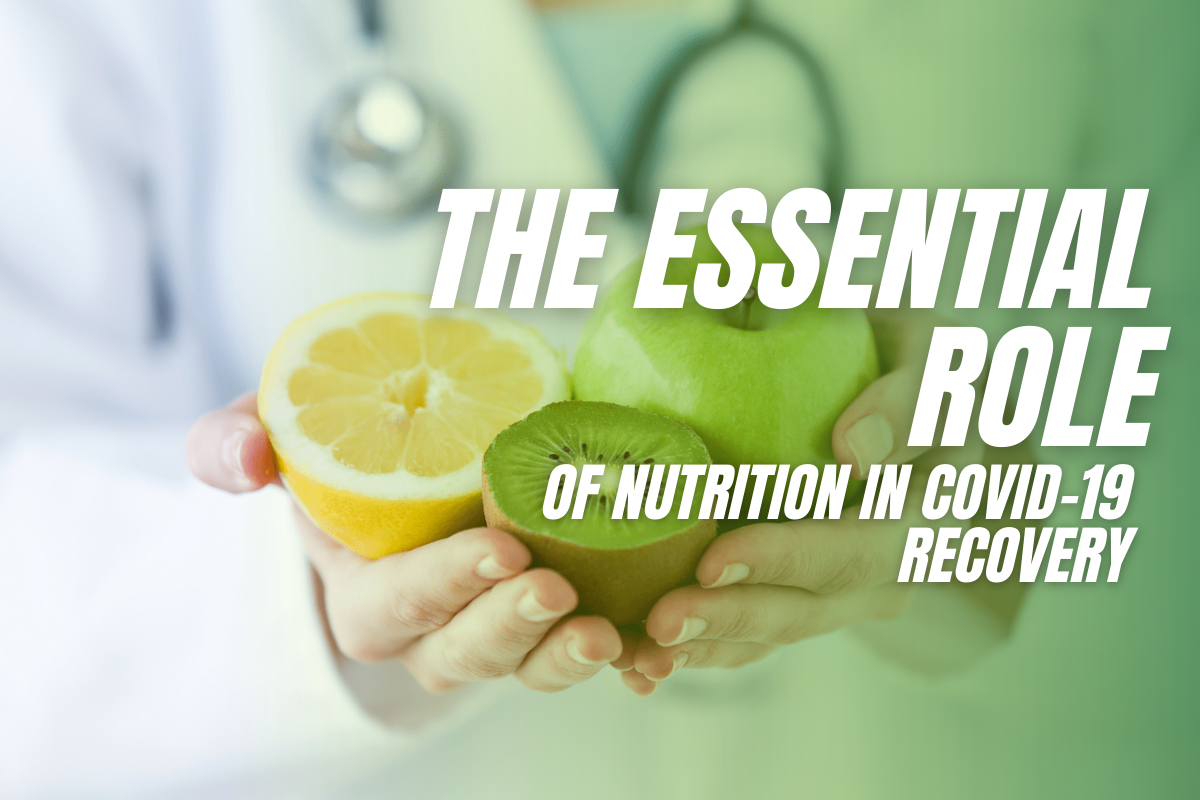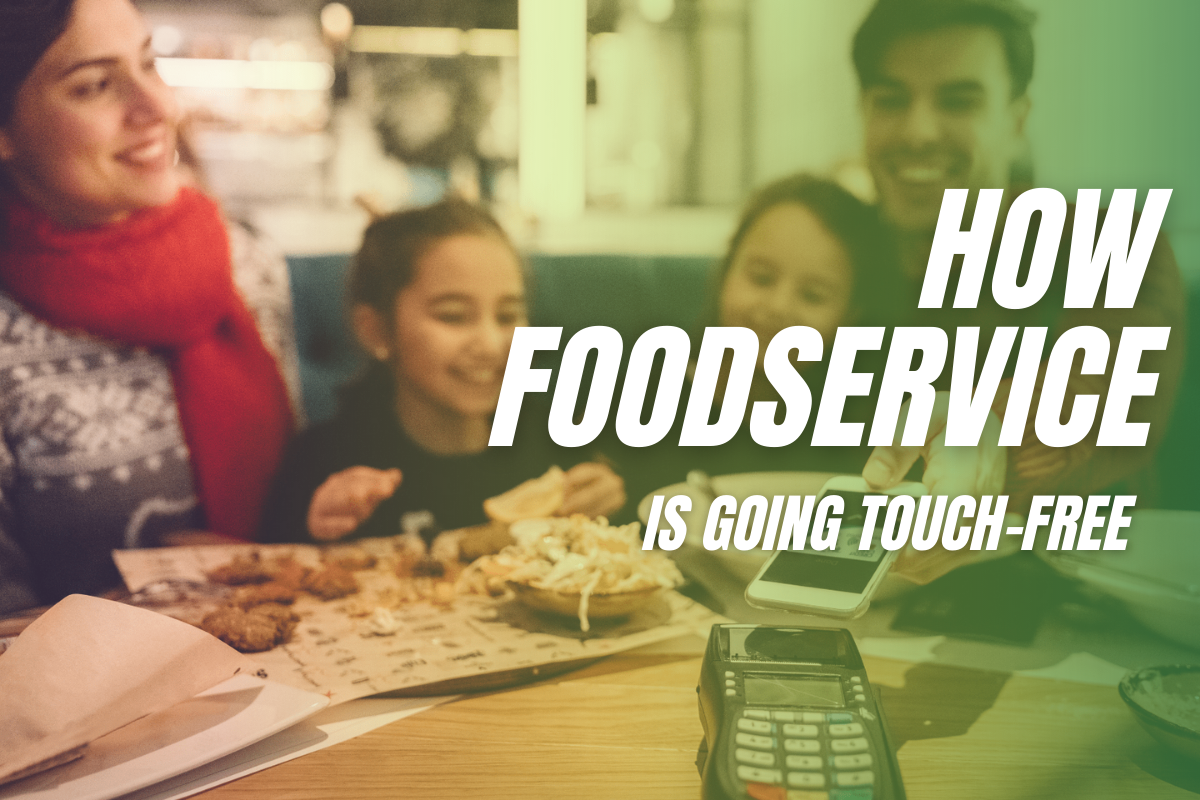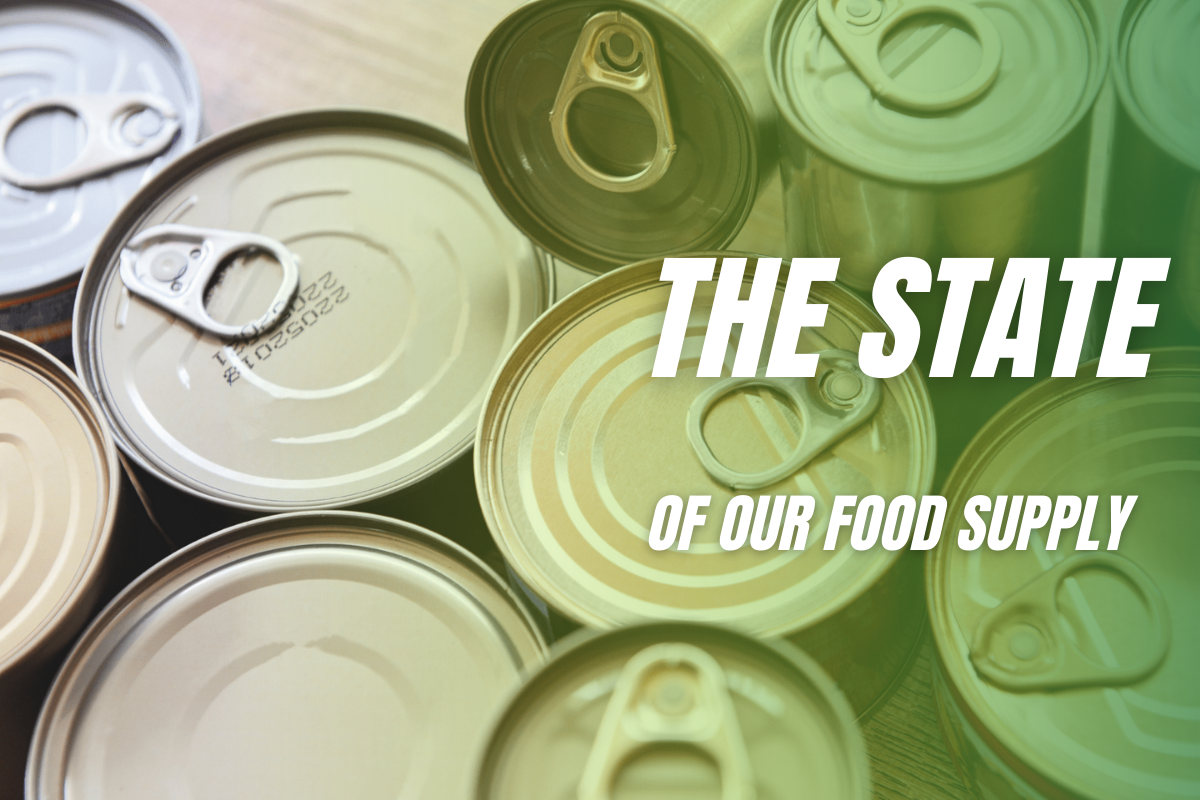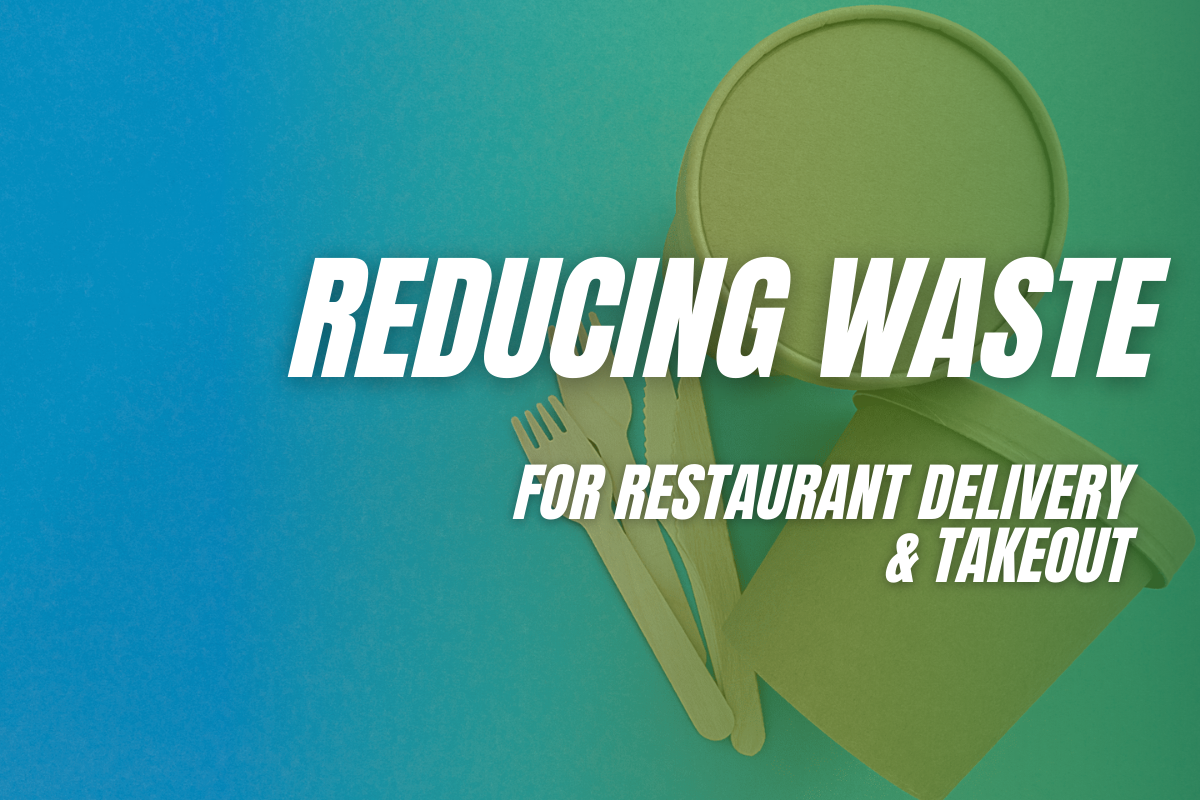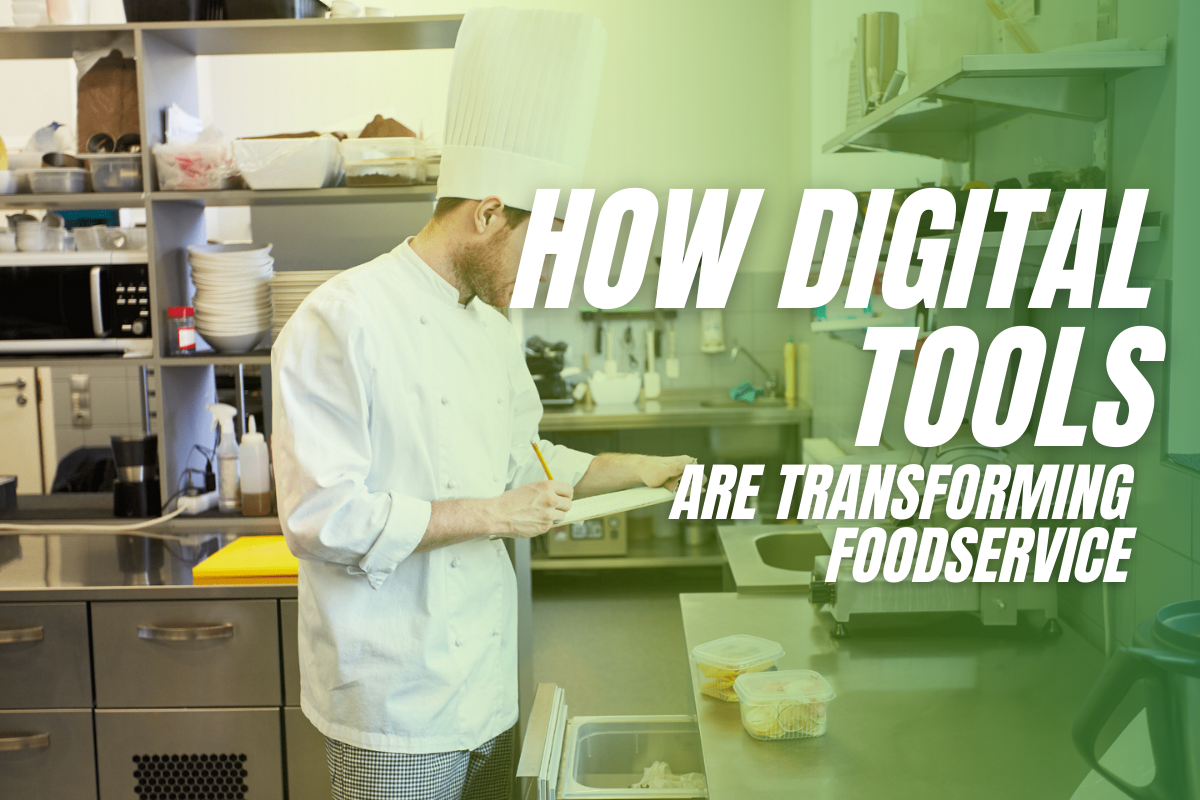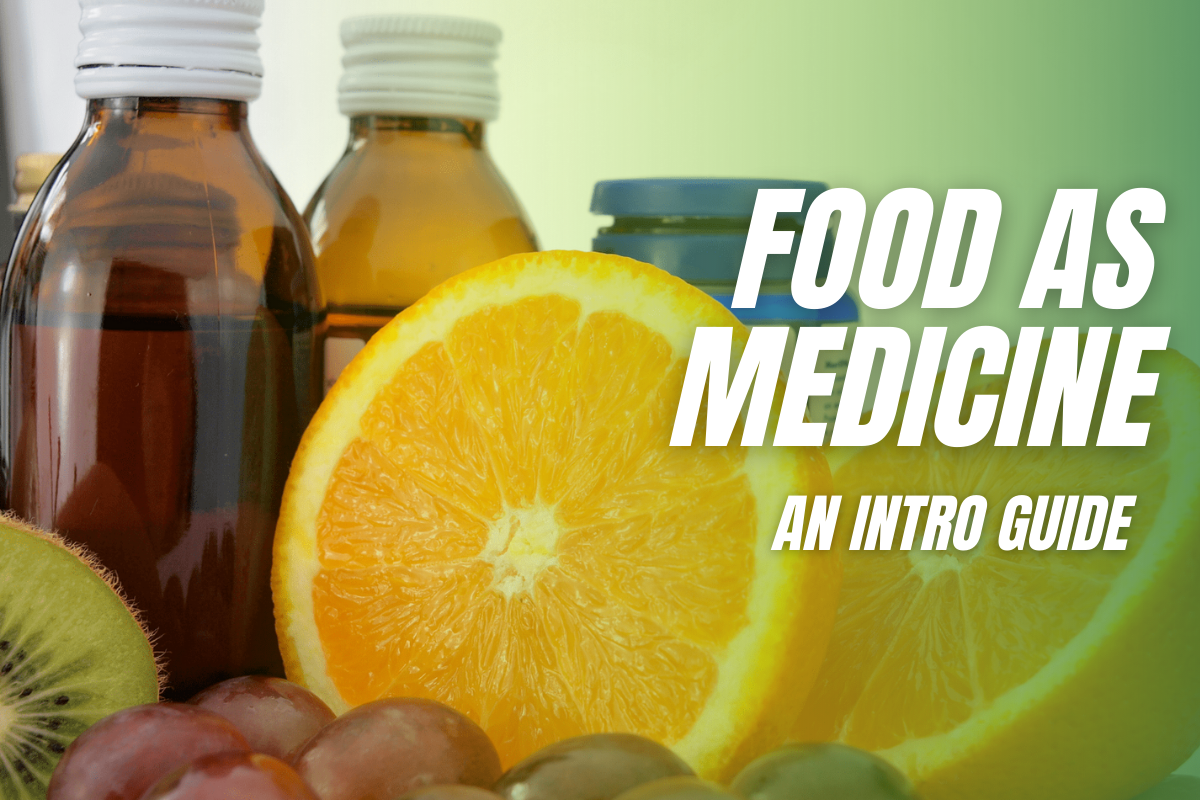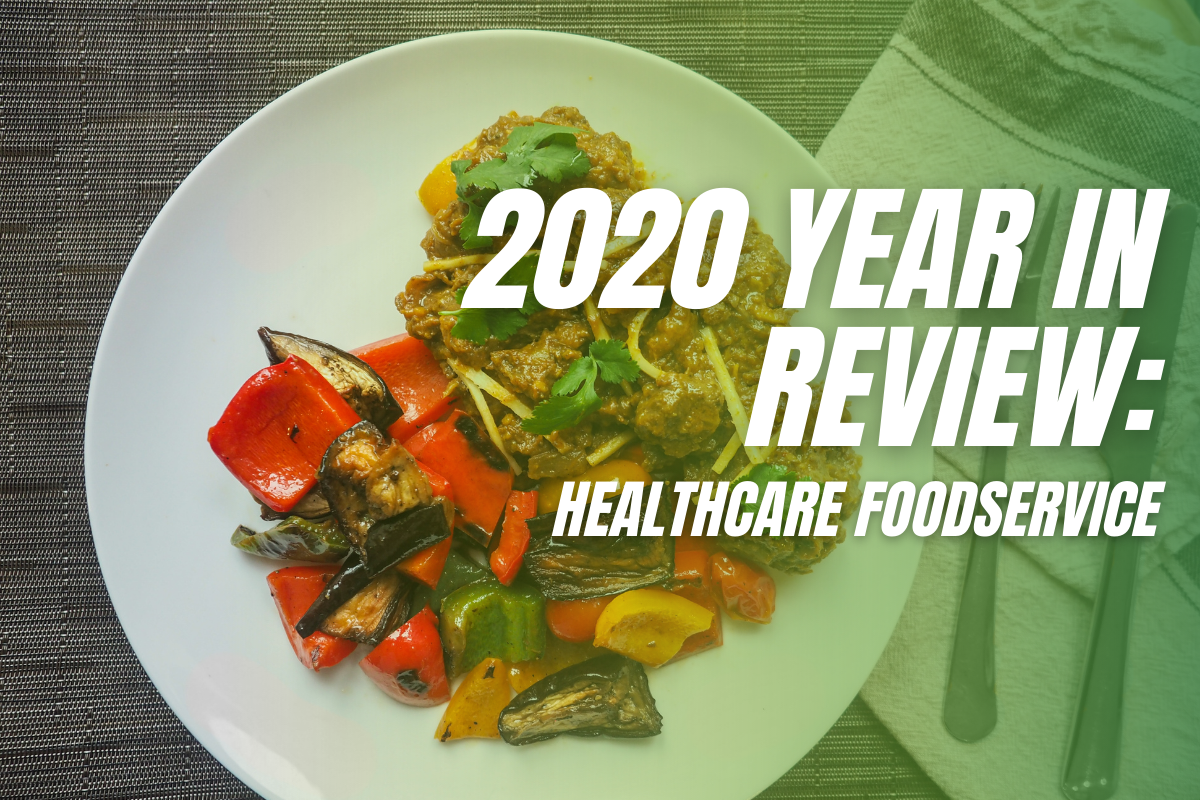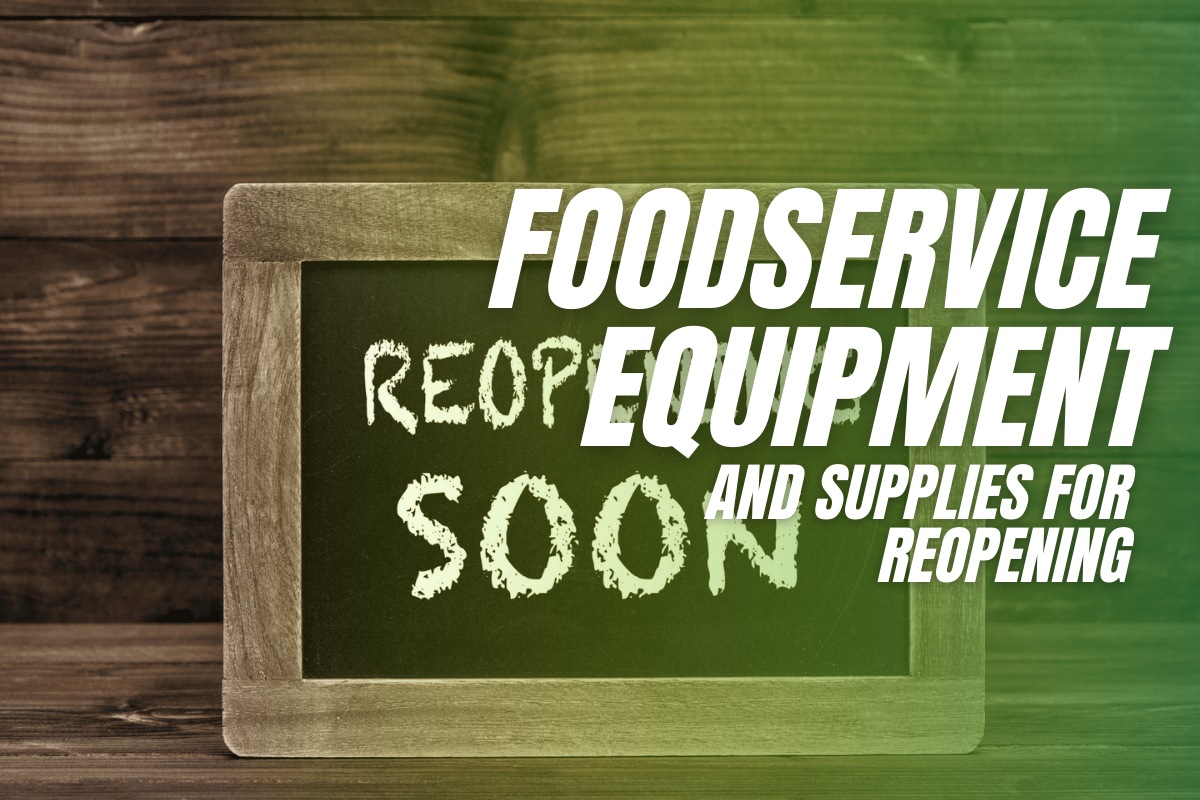
As the vaccination distribution begins to ramp up, you're looking towards reopening your restaurant or foodservice business. However, you want to do so safely, and you know that Americans will always look at safety differently in the wake of COVID-19. This makes it an ideal time to create a plan for additional safety along with a list of the equipment and supplies you're going to need to reopen with safety as your main focus.
Here are a few ideas to get you started:
Grab & Go Kiosks
Whether you're offering up hot or cold items, these grab-and-go kiosks keep cold items cold and hot food hot. There are several styles and sizes to choose from. You can select a kiosk that comes with shelves above the main heating and cooling section for items that don't need climate control, such as chips, pretzels, or fresh fruit. These shelves can also increase impulse purchases as the customer grabs a bag of chips to go with their cold soda or hot sandwich. You can even have your company name or logo printed on the side.
Mobile Food Carts
Similar to the grab-and-go kiosks, these mobile food carts make it easy for you to offer both hot and cold food offerings except they have wheels to move it where it'll attract the most customers. You can choose among a variety of laminate colors to complement your company logo. The mobile food carts can include custom graphics to use as an advertising source. The cabinets open easily to making cleaning or draining melted ice a snap. A shelf at the end of the cart is a great location for napkins, condiment packets, or plastic cutlery.
Condiment Dispensers
Buying individual packages of condiments is too expensive unless you're offering to-go only options. Condiment dispensers are easier to clean than leaving ketchup or mayonnaise jars out for customers to use. You can easily fill the condiment dispenser and get back to the work you need to do. With dispensers, you can provide more condiment choices and more available products, so you don't spend a lot of time restocking. Also, dispensers help with portion control. You need to create a system for keeping the parts touched by humans hand cleaned and frequently wipe them down with a sanitizer but it's easier and safer than individual bottles.
Clear Partitions
In order to protect both your customers and employees, you need clear partitions set up around your restaurant or food service area. You might put up a partition at the point of sale and in between tables and booths. Anything that you can do to keep different people from introducing their germs to others is a positive. When planning on installing clear partitions, you need to put a plan in place for cleaning and sanitizing them. This should become as second nature as wiping down the tables and seats between customers.
Hand Sanitizer and Disinfecting Wipe Stands
Americans have become very conscious of keeping their hands clean and their surfaces sanitized. By installing either a hand sanitizer or disinfecting wipe stand in your restaurant or foodservice operation, you can provide your customer base with extra peace of mind. Making these products readily available to your clients and customers helps to minimize the transfer of germs and other contagions. These stands are easy to set up and restock with supplies.

